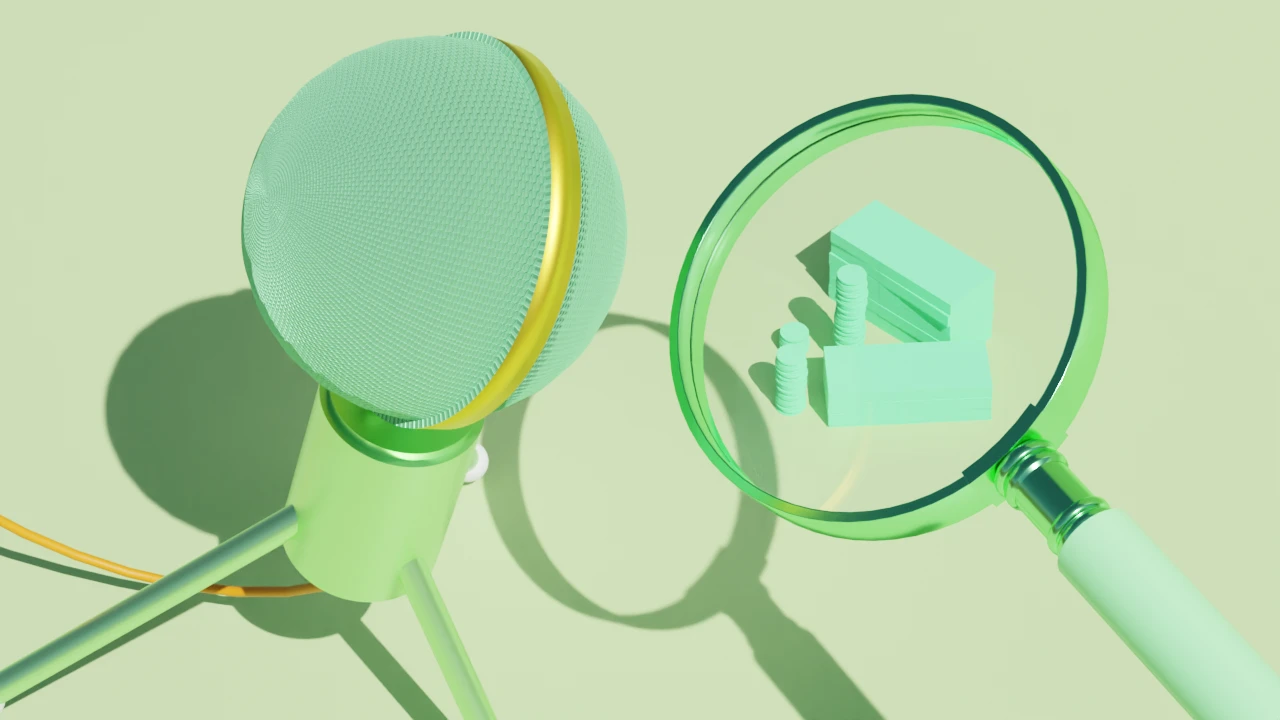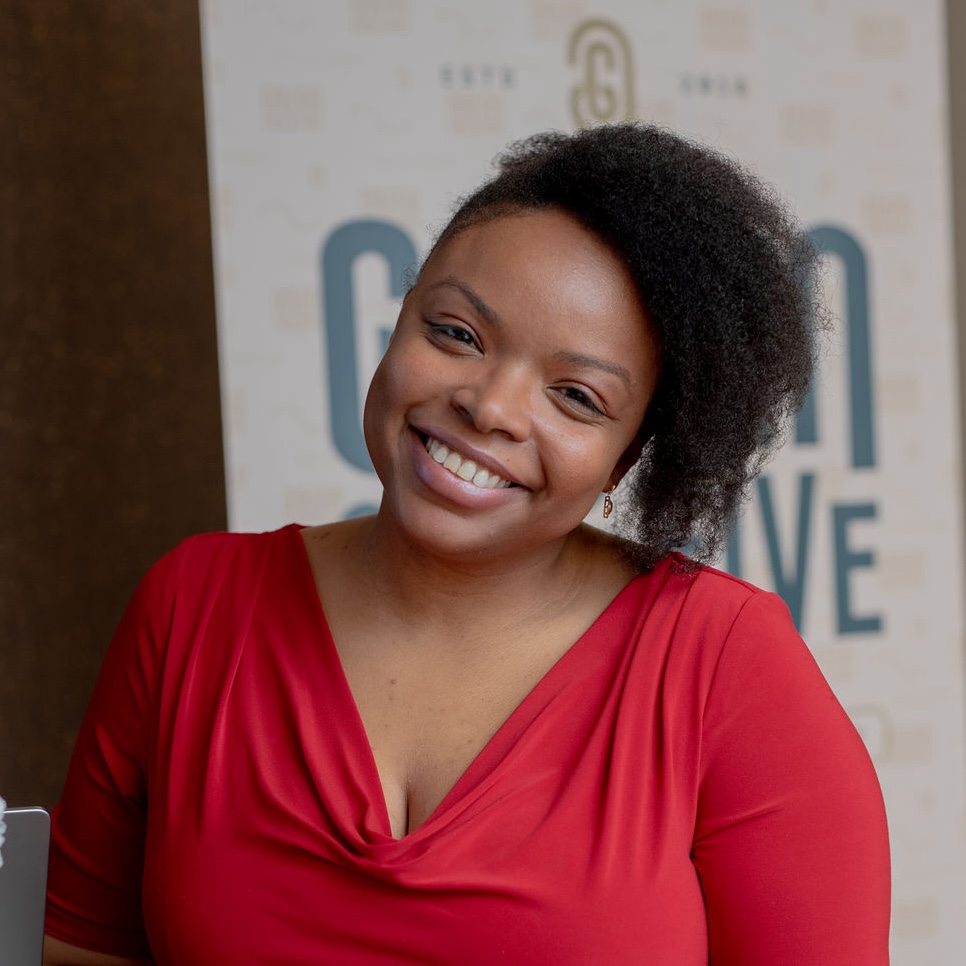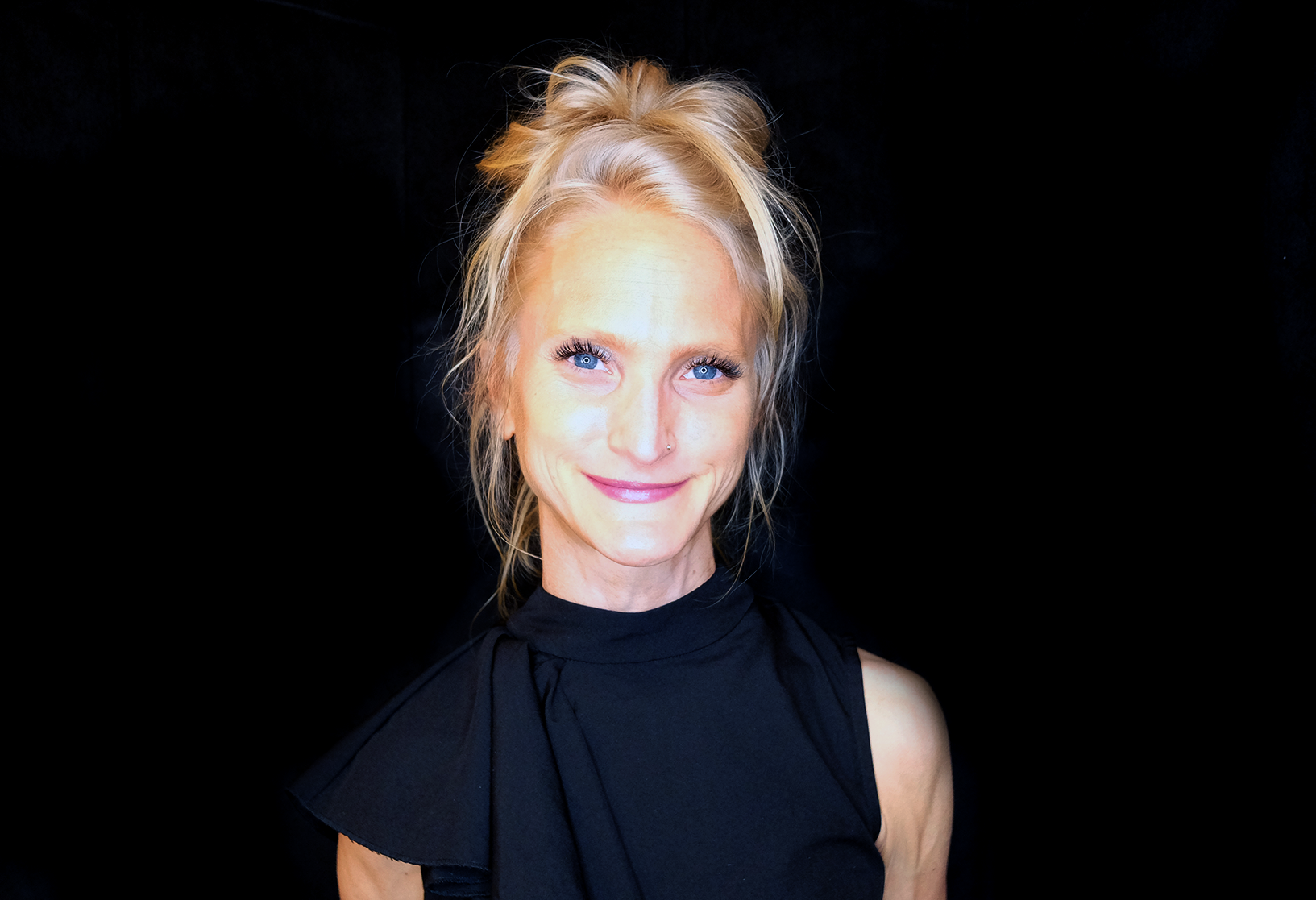What type of content do you primarily create?




Everything has a brand now. Not just cars and breakfast cereal — YouTube channels, life coaches, the personal brand that keeps you from tweeting silly memes that your colleagues might see. What was once a way of distinguishing products made by different manufacturers has become an all-encompassing pursuit.
But as silly as the branding conversation can feel, it’s still important to think about, especially when you’re trying to launch an actual product — say, a new podcast. Getting your branding on point from the start can help you reach your target audience right away, but it can also be a helpful exercise for you as a creator in setting priorities and articulating values.
Because a strong brand isn’t just about making sure the consumer knows what you’re selling. You want them to understand why you’re selling it, and why they should buy your version of it — or, in the case of a podcast, tune in immediately. So while creating a brand identity can seem like an unnecessary process, choosing things like fonts and colors really flows from having a thorough, thoughtful understanding of what your podcast is trying to do and what you want to offer listeners.
Why your podcast needs a brand
It’s a crowded marketplace out there: Apple Podcasts hosts more than 2.5 million shows, with more new titles being added every day, and companies like Spotify are increasingly getting in on the game with original series of their own. Your podcast brand identity will help you differentiate yourself from that crowd by giving potential listeners a look and feel that they can associate with your content. Then hopefully they’ll start to recognize and respond to your stuff in other formats, too, like when it pops up in their social media feeds.
There’s a reason every startup hires contractors to help them create earworm-y jingles and instantly recognizable logos early on. These punchy little assets act like a shorthand that encompass everything they want to communicate about their brand’s values and strengths — plus, they’re just fun. And having a strong brand identity also allows you to have brand extensions, like stickers or merch listeners can buy to show off their loyalty to your show, which can also help bring in a little extra cash.
5 aspects of a podcast brand
Here are five aspects to consider as you start shaping your podcast’s brand identity:
Voice & tone
Is this podcast going to be a serious journalistic look at global politics, or a comedy show where people come on to talk about their favorite movie from childhood? Understanding how you want to come across is the first thing you need to decide when creating a podcast brand. You can definitely try an unexpected combination of topic and tone — My Favorite Murder is a great example of a successful podcast about something serious and tragic that’s still irreverent and funny. Just make sure you know exactly what you’re aiming for so you can infuse that sensibility into all of your brand assets.
Audio identity
This might be your intro and outro music, as well as the sound effects you use to signal a break between sections or acts. All of these sounds are another opportunity to create brand identity and give listeners something familiar that they’ll recognize and maybe look forward to every time they tune in. Think of the theme music from Serial — the second you hear that first piano plink, a little shiver runs down your spine, because you know you’re in for the kind of suspense only the OG true crime podcast can deliver. Anything made by Radiolab has a slightly zany, over-the-top audio identity to match the wild science it uncovers, while the light, almost childish arpeggios of the Home Cooking theme song let you know that this show is just going to feel good. Use audio creatively to establish your show as its own distinct aural landscape that listeners can visit over and over again.
Logo
Your logo should be fairly simple — ideally just your show’s name, maybe with a small graphic element as well. Try to keep it distinct-looking without getting baroque, since you want the design to reproduce well in a variety of environments. The most important thing is that it’s legible: a viewer should always be able to tell what it says right away. You might want to be extra-thoughtful about what font you choose for your logo, since you’ll likely end up using it in other aspects of your visual branding as well. More on that below!
Podcast cover art
Think of this like the album cover for your podcast. After the restrictions of the logo, this is your opportunity to have some fun and be creative. A lot of chat-based shows have cover art that includes cartoon drawings or photos of the hosts’ faces, so podcast listeners know who they’re listening to; you could also commission something from an artist you love that incorporates various aspects of your show in more abstract ways. Still, don’t go too overboard — remember that most people listen to podcasts on their phones, where your cover art will probably appear as a half-inch square on a tiny screen that will make any small details all but disappear. Whatever your art is, make sure you’re proud of it, since it’ll pop up in podcast app directories like iTunes and people’s RSS feeds.
Visual identity
Your podcast’s visual identity is basically a guide for how to make other types of visual media — your podcast website, Instagram posts, TikTok videos, or anything that falls under the umbrella of content marketing — that match your brand guidelines and look like they fit with your existing content. Everything needs to jive with your logo and cover art, so use that as a jumping off point. What fonts look good next to your logo, and feel like they belong in the same aesthetic? What colors can you pull from the cover art or logo to use in other ways? If your logo is a particular shade of blue, you might look for some lighter or darker blues, as well as greens or turquoise, to go along with it, for instance. Give yourself as much variation and flexibility as possible while making everything look and feel cohesive.
Final thoughts
Creating a strong brand is key to getting those initial downloads from curious listeners willing to give your show a try. Maintaining brand consistency after that will help you start to build those folks into a loyal, committed listenership. If your podcast’s tone changes randomly from week to week, you’ll lose listeners who never know what to expect; similarly, if they don’t have any particular associations with your show — its look and feel as well as its sound — they might lose track of it in their busy lives. Which one was that, again?
Think of it this way: you want your listeners to get in the habit of listening to you whenever you put out a new podcast episode. We build habits around routine and consistency. There’s comfort in knowing what’s coming and when, especially in a world that feels increasingly hectic and overscheduled. Your podcast can be an anchor in someone’s weekday routine — the same way going to a particular restaurant for a Friday night dinner, or catching up with colleagues over Monday morning coffee might be. Think of your podcast not just as an audio project, but an experience in someone’s life, and design a brand that welcomes them accordingly.





























%201.svg)




















